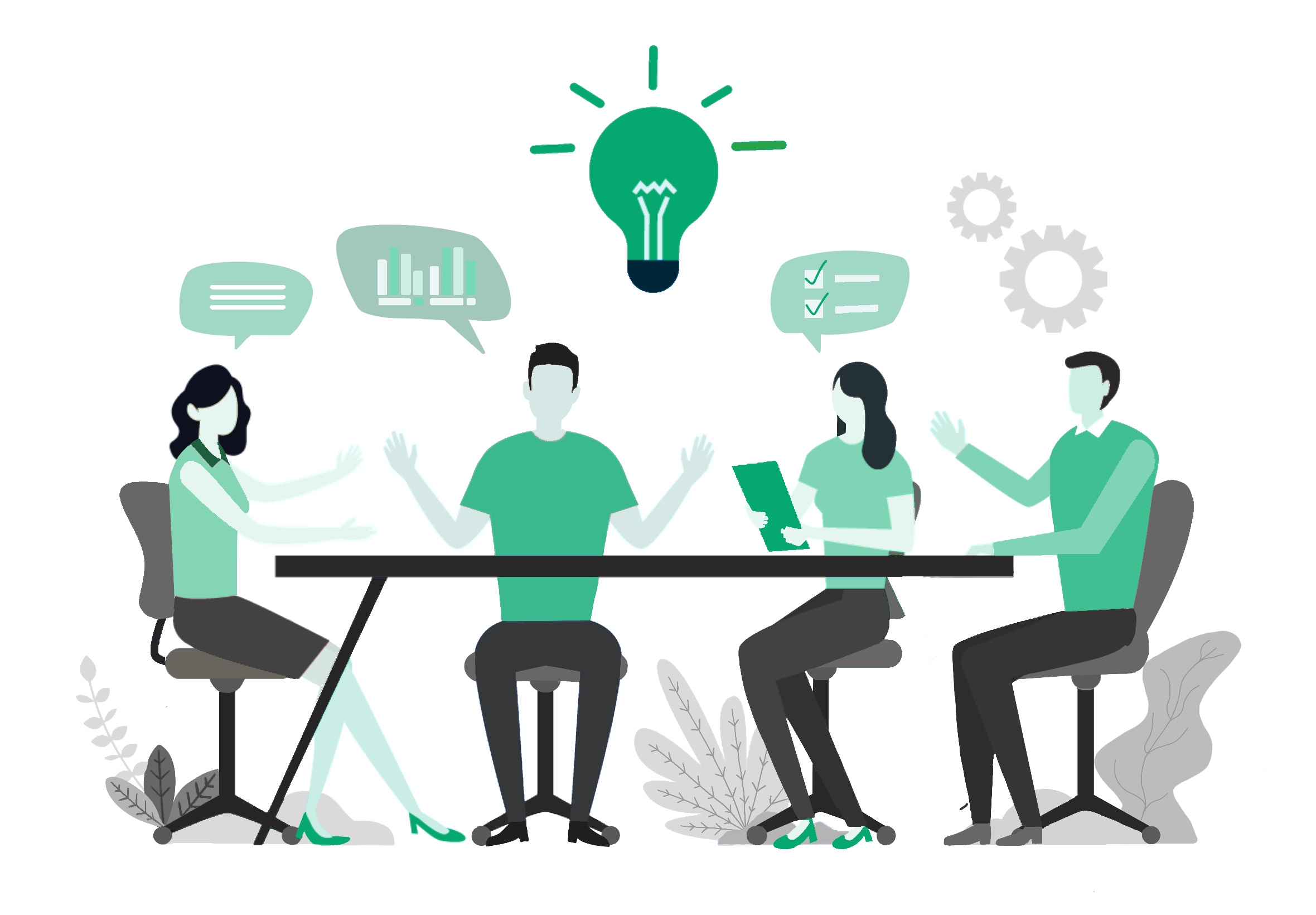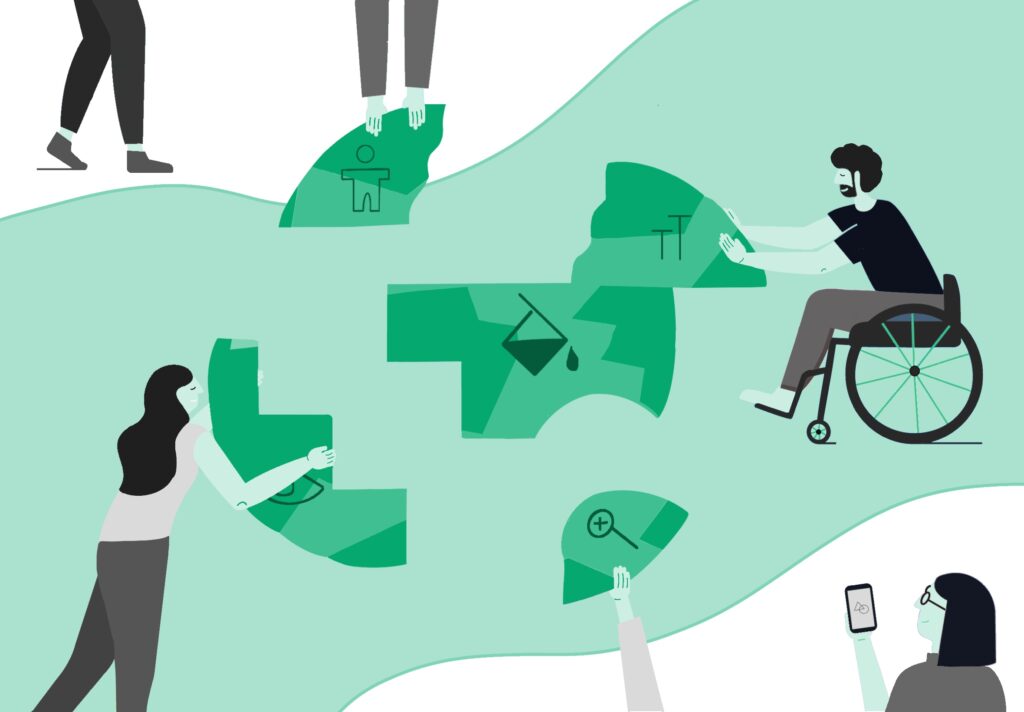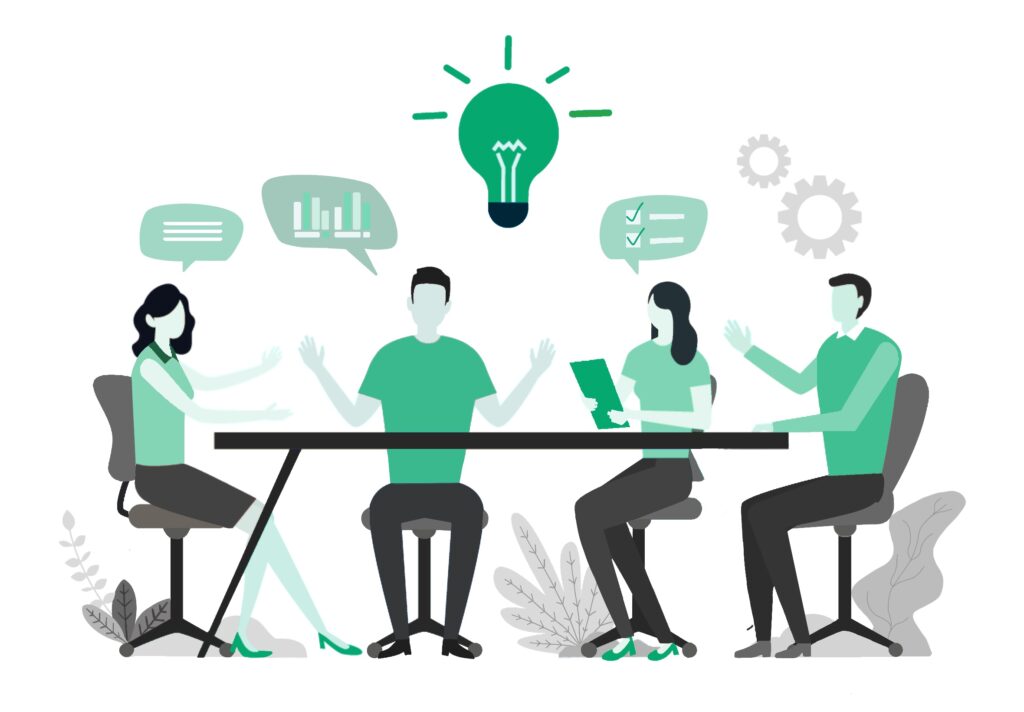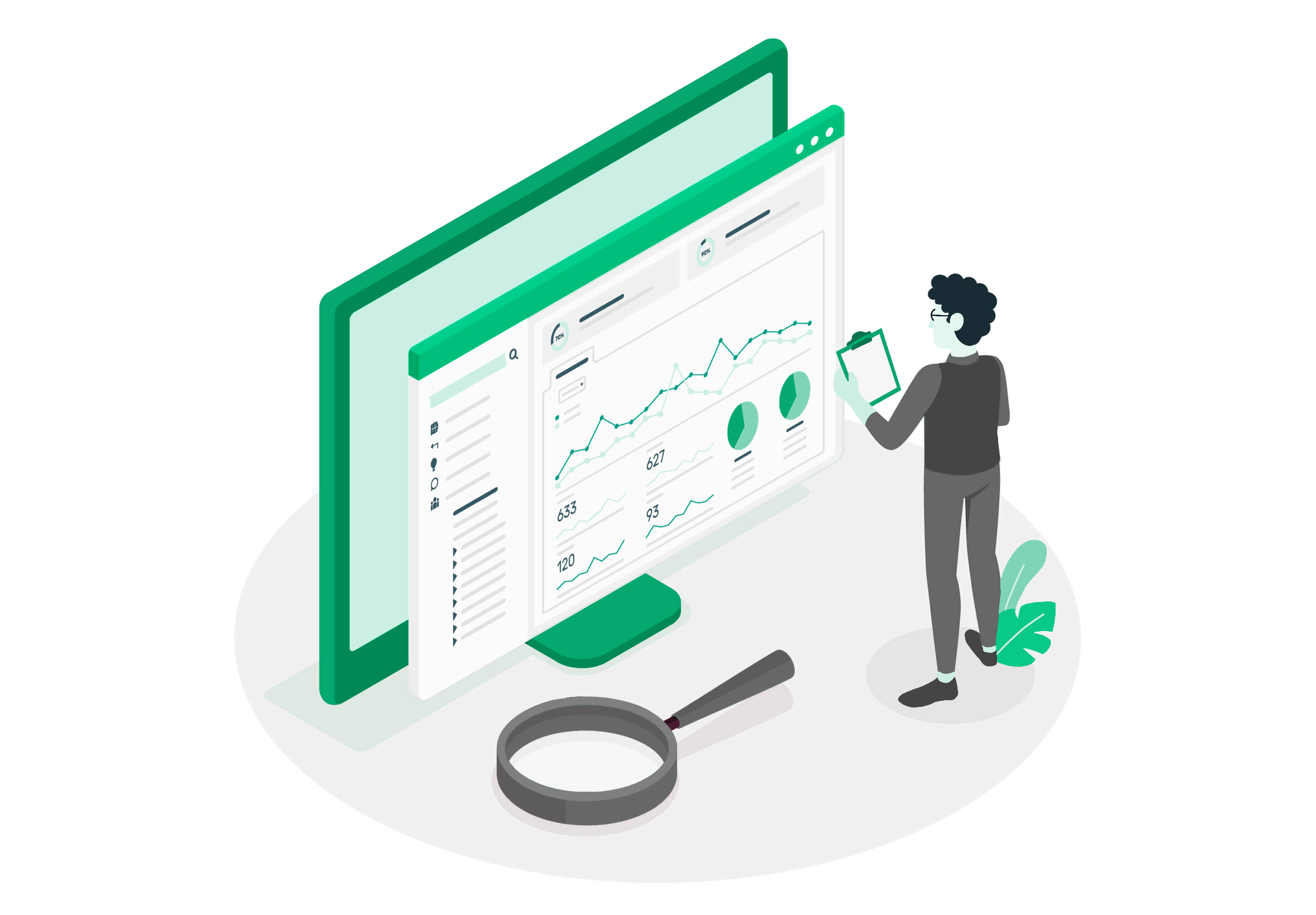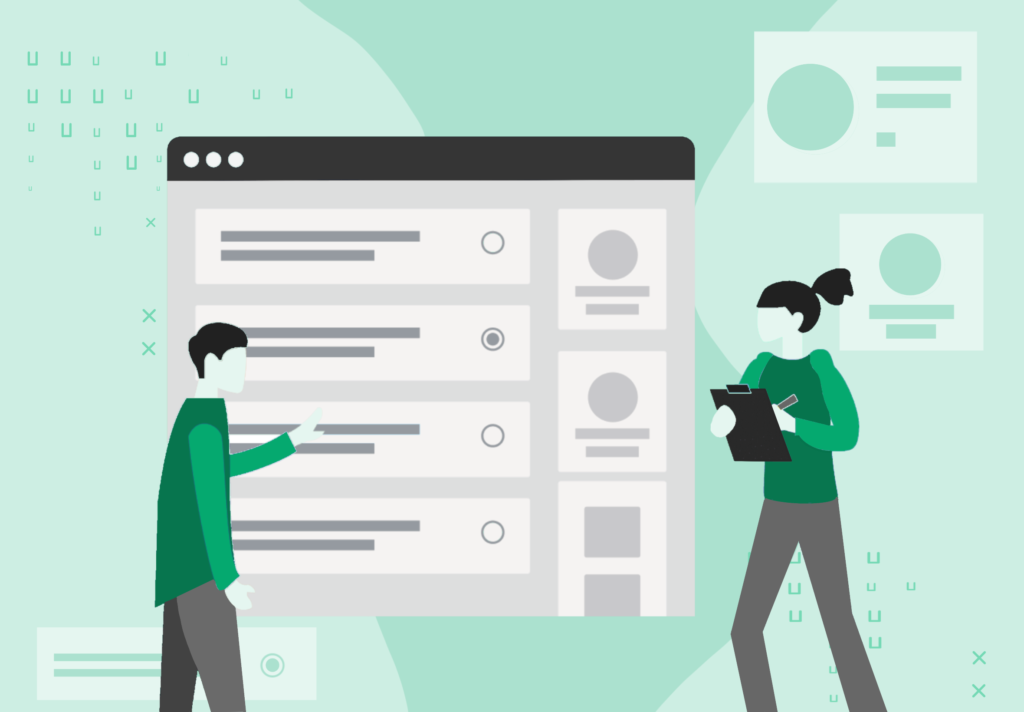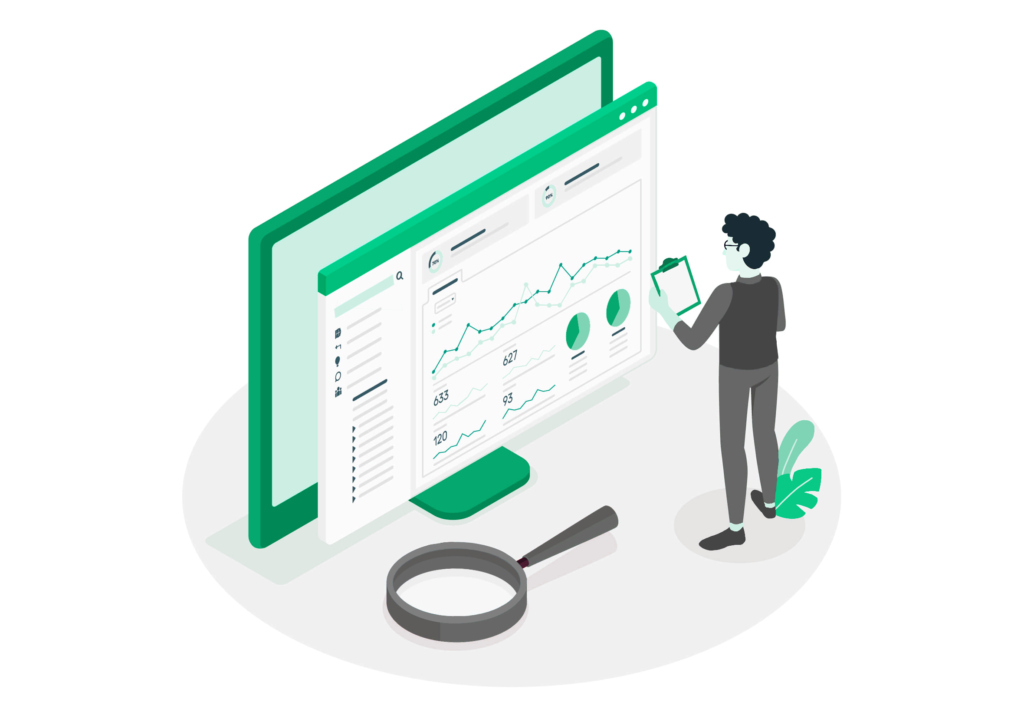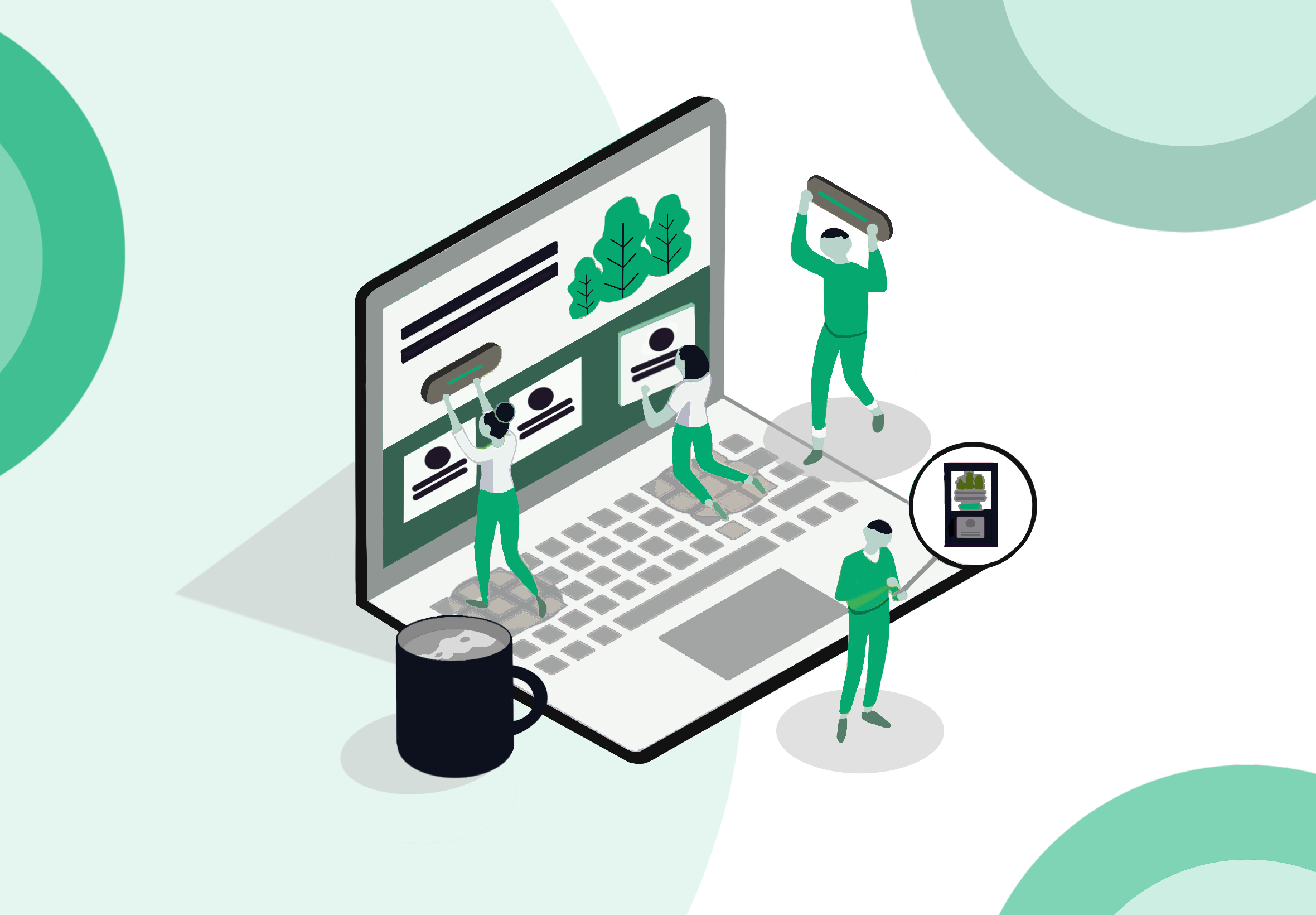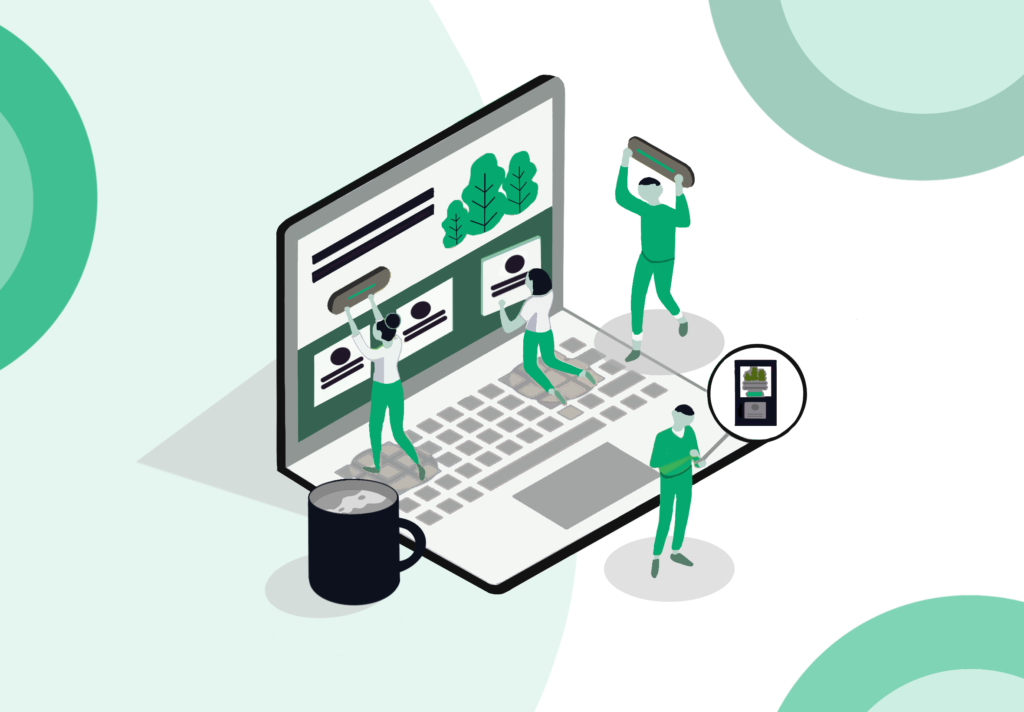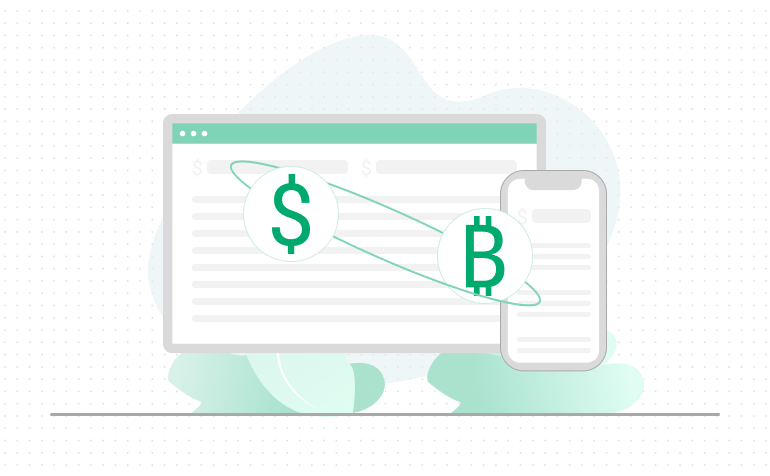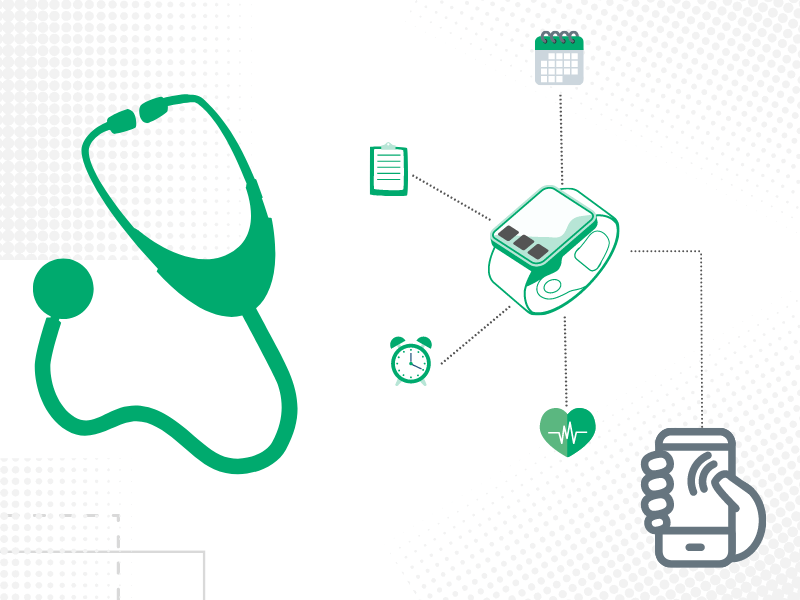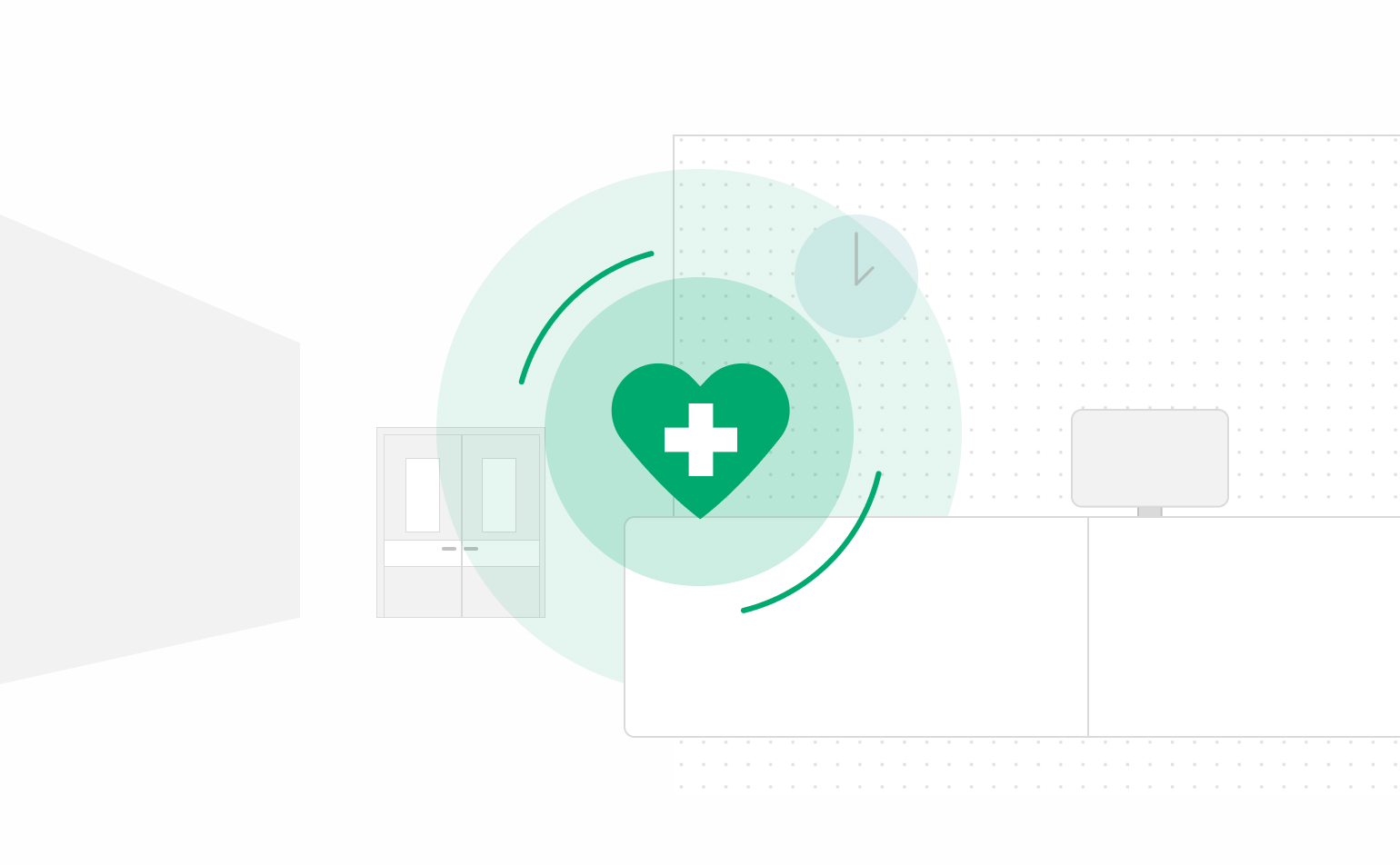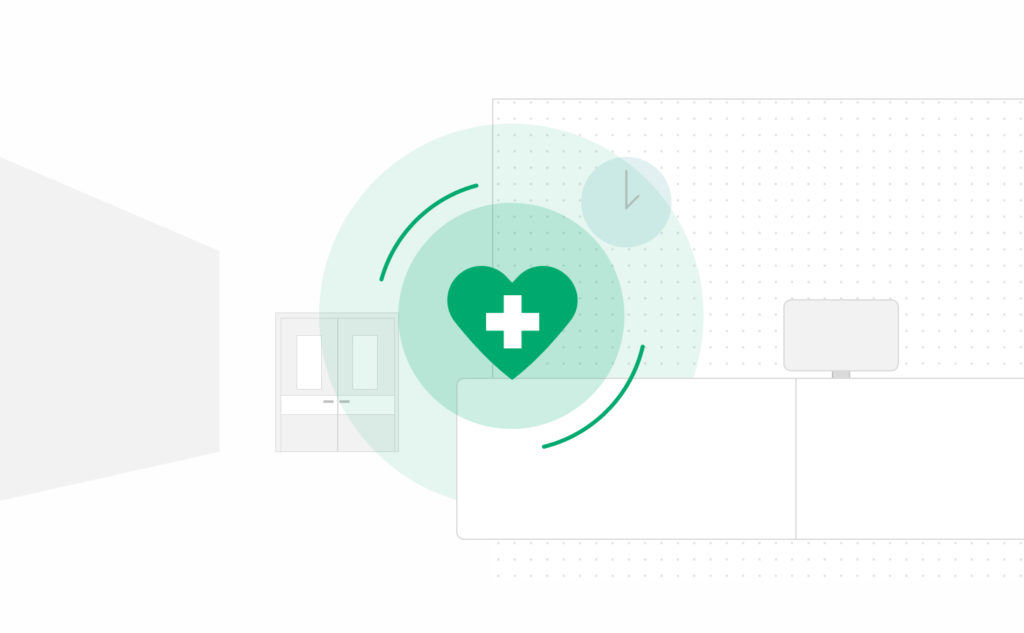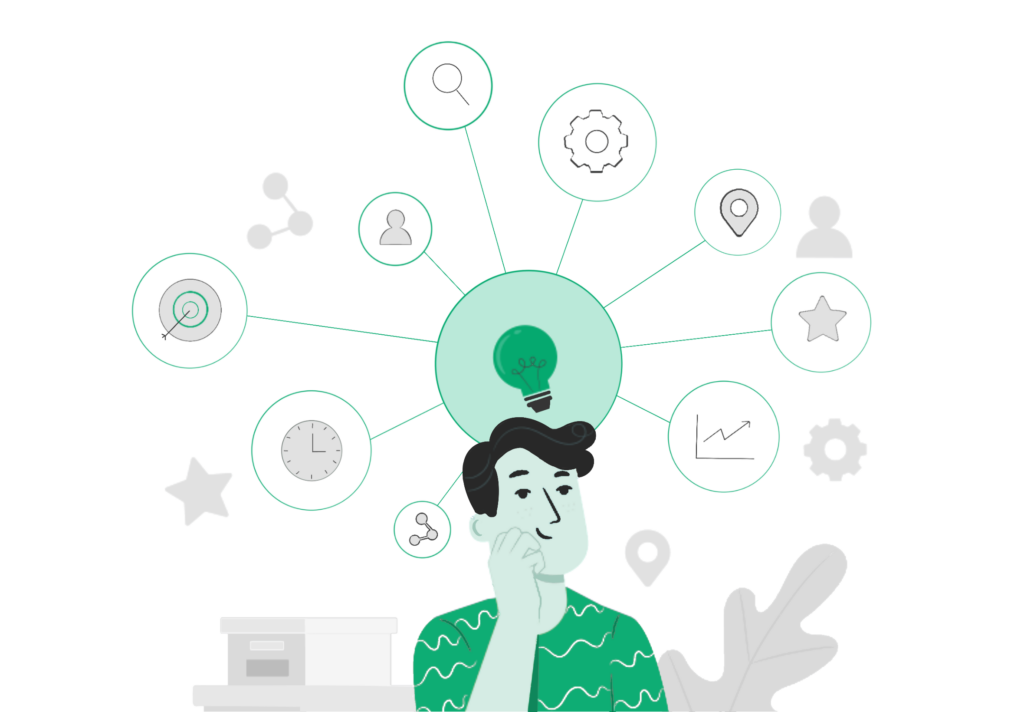
Ten years ago, almost every design review started with an impassioned argument for design thinking or user-centered design. We’d bring out beautiful personas and journey maps and run empathy-building exercises with our business stakeholders. After all, we were fighting for a seat at the table for design!
In 2022, it’s pretty much taken for granted that products should be built with the user in mind. Now that we’re comfortably seated, the nature of “design thinking” has changed a bit. We’re still all about user-centricity, but these days, we find ourselves talking to more senior stakeholders who are further removed from design decisions. So we’re learning to speak a different language.
The TL;DR to our stakeholders is clear: a user-oriented approach to product design and product management will solve for today’s problems AND will prevent problems from emerging later in the product lifecycle. User-centricity protects the top and bottom line by ensuring that product requirements align well with user needs and complement business objectives.
As designers, how do we deliver on this promise? That part of the story hasn’t changed – it’s still all about research, analysis, and collaboration between design, product, and business. Grand Studio’s secret sauce is our empathy and ability to use storytelling techniques to demonstrate and persuade.
Design thinking, at its core, is a learning process that demands that we be flexible to accommodate the ever-changing context. By keeping the user at the center of the design thinking process, we can ensure that our final product will be the best fit possible and defend our seat at the table.
The Consequences of Bad Design
A bad design can be the demise of an otherwise good product. Likewise, something can have a beautiful-looking design but can be otherwise unintuitive and useless.
At this point in the world of design thinking, it is almost a given that a design will be aesthetically pleasing. While maintaining that visual appeal, it is now essential that a high-quality product design also be capable of solving the specific problems its users face.
When a product’s design doesn’t quickly solve these problems, or if it requires excessive steps to get to the problem-solving point, no one will willingly use it. In corporate situations where it is mandatory to use the product, it will cause more internal problems in the form of IT tickets and help requests, leading to massive inefficiency.
From a purely UI/UX standpoint, things can always be improved in any given design. Because of this, it is essential to have reasonable expectations for the completion of the project, or else you run into the vicious cycle of perfectionism.
In a perfect world, we would have unlimited time to create the ideal product that would never need to be updated once it was released. Unfortunately, deadlines are real; at the end of the day, a solidly done project is better than the idea of a perfect one.
How We Develop and Articulate Design Thinking
At Grand Studio, we take a future-centered approach to design thinking. Tools of the past, such as archetypes, service blueprints, and personas, are no longer stand-alone products. Instead, they are strategies that can be used as tools to help us better understand the complex needs of our users. In turn, this allows us to understand better the people we are designing for, leading to better product design.
As an integral part of our future-centered approach, we incorporate a consultative technique into our design process by continuously asking “why?” until we can identify specific problems that need to be solved to improve the quality of the product.
Pride has no place in design thinking. Instead, we must remain highly critical of our work throughout the design process, the experimental phase, and after the product has been launched.
We need to be able to define our product’s features and the metrics that will determine the success of the product early on. Once those goals have been met, it is time to reexamine them to determine if there is more that can be improved upon.
What Are the Goals of Design Thinking in Product Design?
The most important things we consider in design thinking are product strategy, future road mapping, and understanding user behaviors. The kinds of questions that we ask throughout the process include:
- What is the end goal of the product?
- What is the problem, or problems, that we are trying to solve?
- Do the problems that we’ve identified matter to the end user?
- Can these problems be solved through design, or is there a larger underlying issue?
- Who is our end user?
- In what context will this product be used?
These are just a few of the countless questions that can be considered when developing a product. As we convince more companies to utilize a design thinking approach, we help minimize the chances of creating products that nobody wants or needs.
When we incorporate design thinking into product planning, we help minimize wasted time, resources, and money on never-ending projects. Instead, we schedule frequent releases containing customer feedback to ensure we are constantly working on the products and services our end users are asking for.
Want to learn how Grand Studio can help with your next project and build clarity out of complexity?
We’re here to help!
